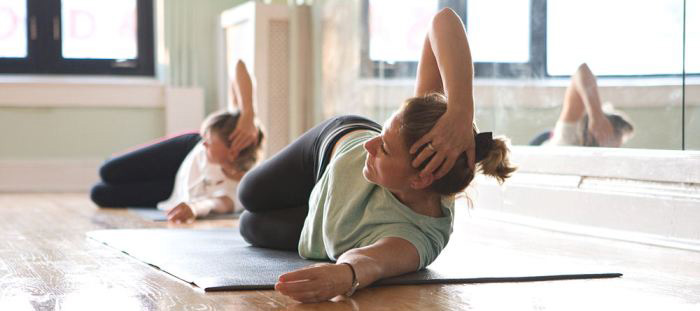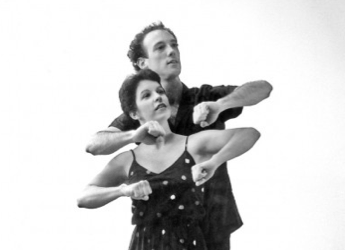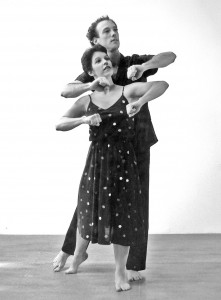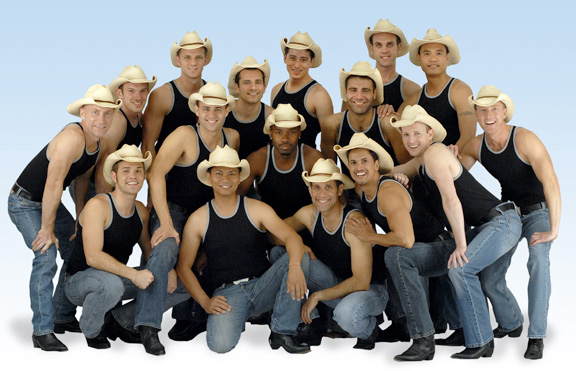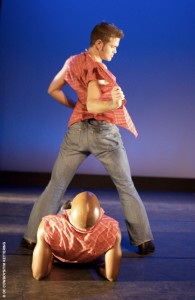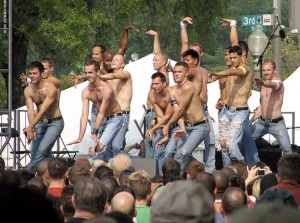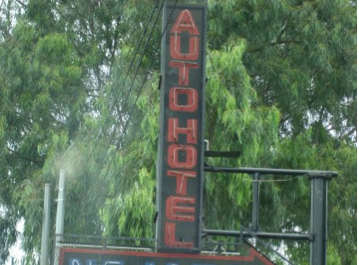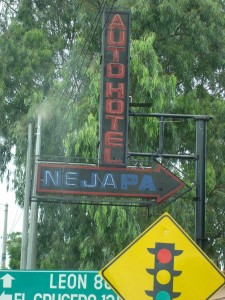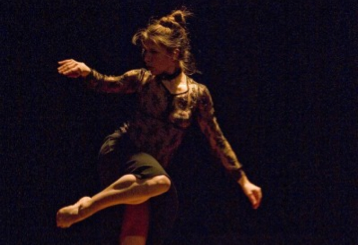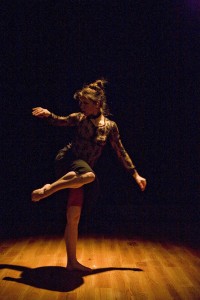FlexAware is a new type of exercise, inspired by the way young children learn and move. Young children are much more flexible than adults. They are also, for their size and weight, stronger than adults.
I created FlexAware after more than 20 years as a Feldenkrais Method practitioner. Though I was very successful, I was also frustrated. Many of my friends and students told me that exercising was painful. To help them exercise effectively, I studied anatomy, physiology, neuroscience, and child development.
Young children naturally tend to move efficiently. They align with gravity, rather than fighting against it. Their weight is supported by their bones — not muscles, tendons, ligaments, or other tissues. Muscles throughout their bodies have relatively even tone. Breathing is free, easy, and integrated with other movements.
Over time, children generally lose that innate skill. Adults teach them to sit still. Face forward. Stand up straight. Stop fidgeting. Stop squirming. Stop moving around. Through such injunctions, children learn to ignore discomfort. Spontaneous skipping and dancing yield to walking at a fixed pace. We adults sit for hours, moving minimally, breathing shallowly. Each of us has habits of straining, stiffening, and holding the breath. Such habits can cause chronic pain and other problems. Efficient movement is characterized by a sense of ease and comfort. As any muscle contracts, opposite muscles lengthen. That coordination is essential for mobility of the bones and joints. All skeletal muscles work that way. Every movement works that way. Breathing also works that way, involving many muscles throughout the trunk. The nervous system continuously coordinates all of the muscles in the body.
FlexAware exercises apply these facts; other exercises ignore them. Consider push-ups. The trunk is rigid, with muscles at the hip joints, pelvis, and along the spine contracting strongly. That rigidity makes it impossible to breathe freely. Those tight muscles squeeze nerves, blood vessels, cartilage, spinal discs, and other tissues, impairing circulation and nerve activity. Push-ups are inefficient by design, and condition people to strain and stiffen.
Sit-ups, crunches, and similar exercises are supposed to strengthen the abdominal muscles, the “abs” or “core.” By the logic of efficient movement, the abs coordinate with muscles in the back and hip joints. The abs attach to the ribs, which means they are vital for breathing. Yet people commonly do sit-ups while holding their breath. To really be strong, moreover, the abs, like other muscles, have to be able to relax and lengthen completely.
The next time you exercise, try this FlexAware alternative to sit-ups: Breathe out as you lift your arms, head, and shoulders. Breathe in as you return to the floor. Rest completely for a moment. Begin to exhale. Then lift as you continue to breathe out. Seek to make the movements smooth and easy. Notice how your contact with the floor changes as you lift your head, and as you lower it.
In FlexAware classes, everyone moves at his or her own pace. We use breathing to direct and coordinate each movement. We sense and think about gravity and the skeleton, and never focus on specific muscles, bones, joints, postures, or goals. We seek to make each movement easier, more comfortable, with less effort. Yet FlexAware can be quite vigorous and demanding, even aerobic.
Dancers and other athletes have special incentive to learn the ease, comfort, and efficiency that is taught in FlexAware classes. Moving efficiently can help us avoid or recover from injuries. It can prevent or relieve back pain, arthritis, headaches, repetitive strain injuries, and other problem conditions. The natural way of moving is also more graceful, more attractive, and more fun.
Steven Shafarman teaches FlexAware and educates new FlexAware teachers in Washington, DC. He is the author of Awareness Heals: The Feldenkrais Method for Dynamic Health. He can be contacted at 202-557-8384 or steve@FlexAware.com.
FlexAware is a trademark of FlexAware Learning Corporation.
originally published as: FlexAware™: A Revolution in Exercise, Fitness, and Healing
by Steven Shafarman in Bourgeon Vol. 3 #2
